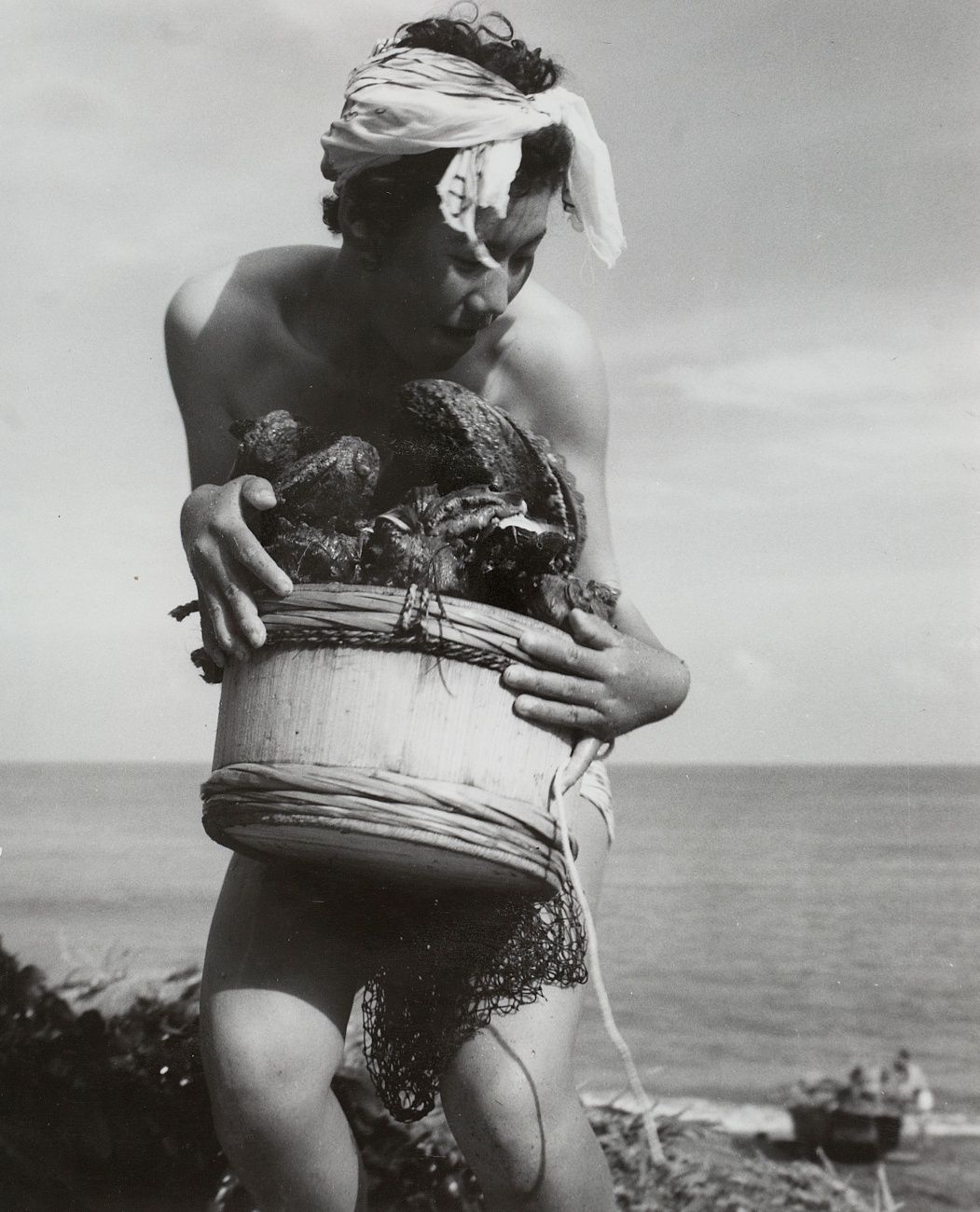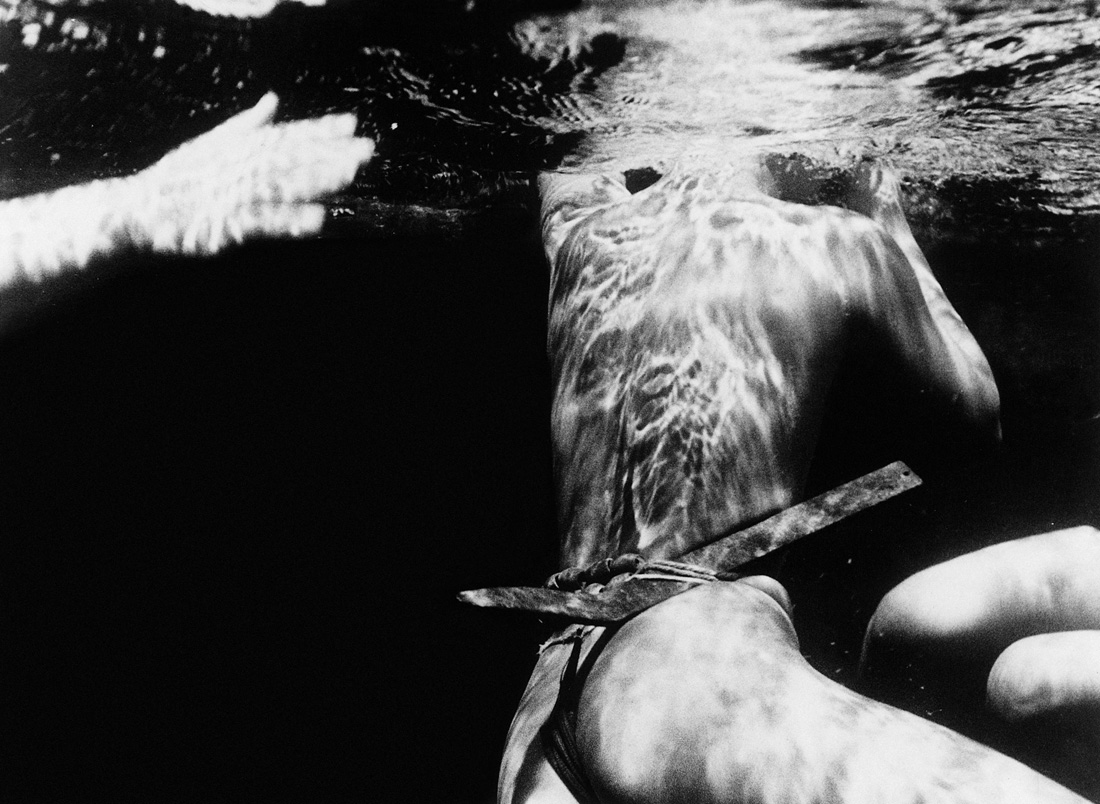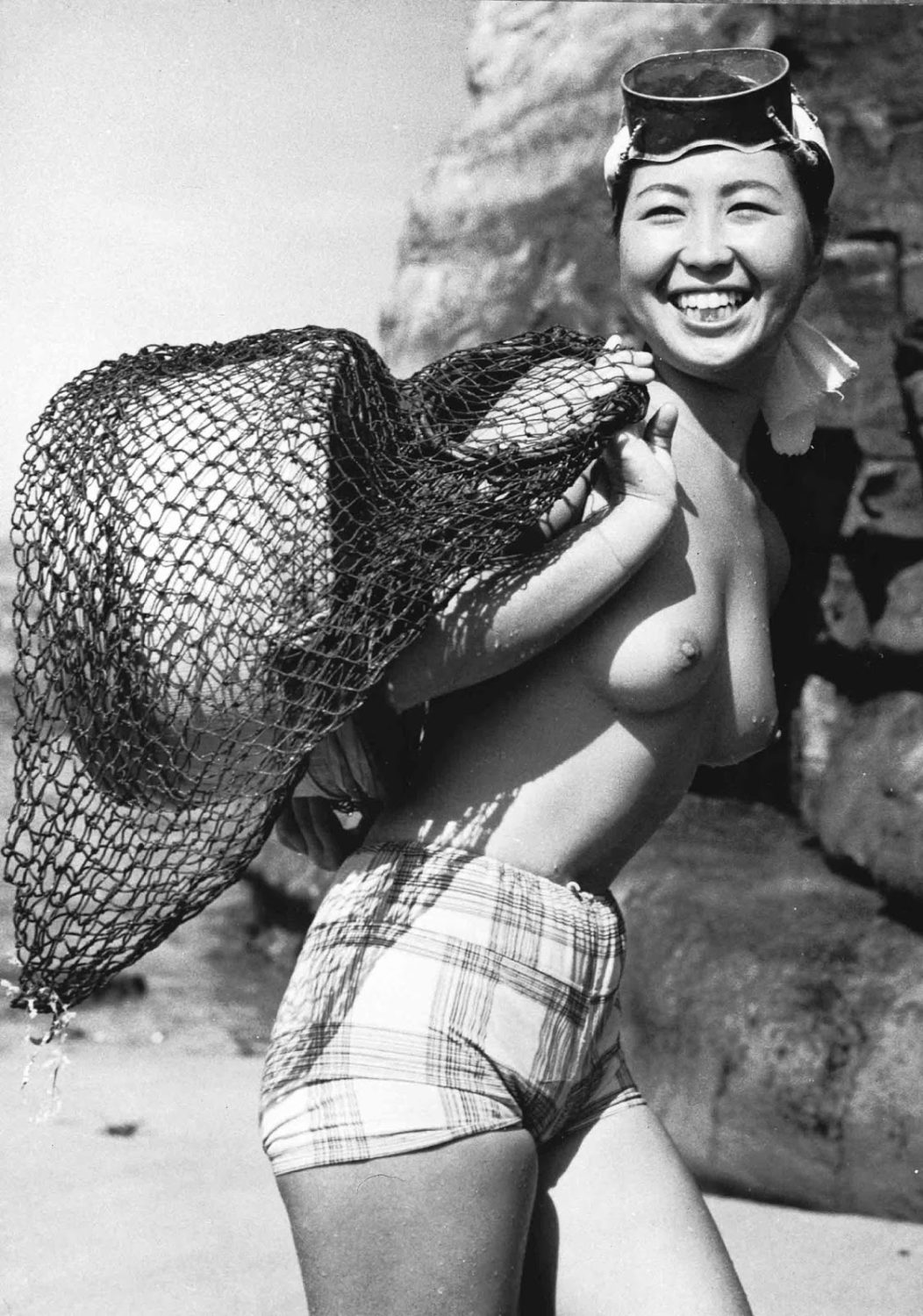Meet The ‘Ama’, Japan’s Legendary Female Pearl Divers
By Something CuratedFor close to two thousand years, intrepid women residing along the coasts of Japan have earned a remarkable livelihood diving into the depths of the Pacific Ocean for abalone, oysters, pearls, seaweed and other shellfish. Ama, 海女 in Japanese, translates directly to “women of the sea” in English. These impressive diving women were recorded as early as 755AD in the ancient Japanese anthology of poetry, the Man’yoshu. Early ama were known to dive for seafood and were honoured with the task of retrieving abalone for shrines and imperial emperors. Ama traditionally wore white as it was believed to deter sharks. Early divers wore only a loincloth but later in the 20th century an all-white sheer diving uniform was adopted.

Even in modern times, ama dive without scuba gear or air tanks, making them traditional free-divers. Pearl diving ama were considered rare in the early years of the practice, however, Mikimoto Kōkichi’s discovery and production of the cultured pearl in 1893 produced a great demand for these specialists. He established the Mikimoto Pearl Island in Toba and used the renowned female divers’ findings to grow his business internationally. Women began diving as ama as early as 12 and 13 years old, taught by their elders. Despite their early start, divers are known to be active well into their 70s and are rumoured to live longer due to their diving training and disciplines. In Japan, women were considered to be superior divers due to the distribution of their fat and their ability to hold their breath. Utilising special techniques that allow them to descend to depths of 30 meters, ama hold their breath for up to two minutes at a time.

The realm of the ama is one marked by risk and superstition. One traditional article of clothing that has stood the test of time is their headscarves. The headscarves are adorned with symbols such as the seiman and the douman, which have the function of bringing luck to the diver and warding off evil. The ama are also known to create small shrines near their diving location, which they visit after diving in order to thank the gods for their safe return. The community were expected to endure harsh conditions while diving such as freezing temperatures and great pressures from the depths of the sea. Ama practiced a breathing technique in which the divers would release air in a long whistle once they resurfaced from a dive; this whistling has become a defining characteristic of the ama.

Nowadays, the pearl diving ama are viewed as a tourist attraction at Mikimoto Pearl Island. The number of ama continue to dwindle as this ancient technique becomes less and less practiced due to disinterest in the new generation of women and the dwindling demand for their activity. In the 1940s 6000 ama were reported active along the coasts of Japan while today ama practice at numbers more along the scale of 60 or 70 divers in a generation. Through the 20th century, one image-maker in particular, the Italian photographer and anthropologist Fosco Maraini, famously documented these extraordinary women, capturing the vital role that ama play in the cultivation of pearls, and the remarkable acts of physical resilience that they demonstrate through their work.
Feature image by Fosco Maraini / Images via Pinterest